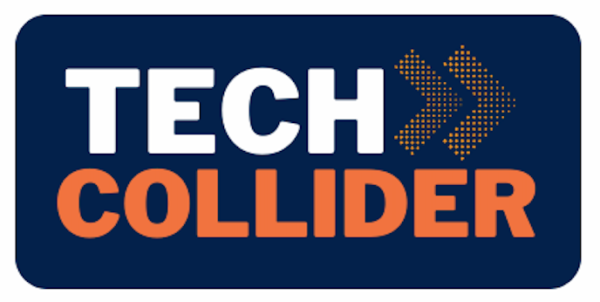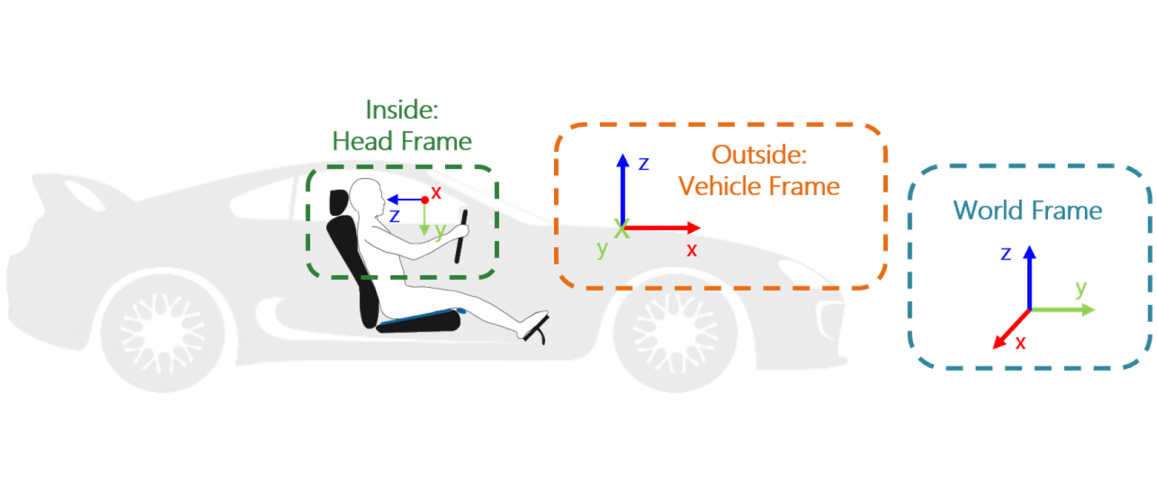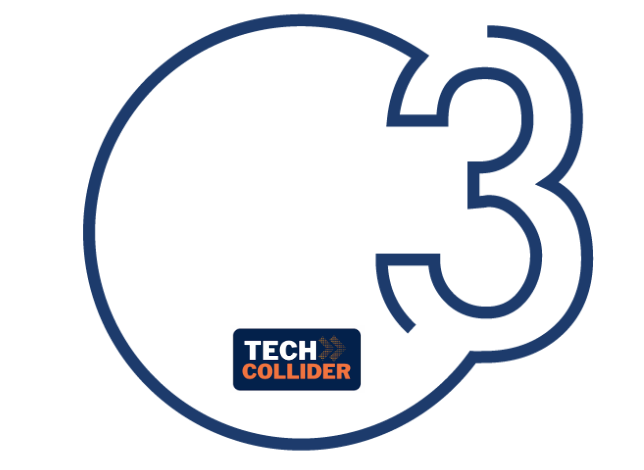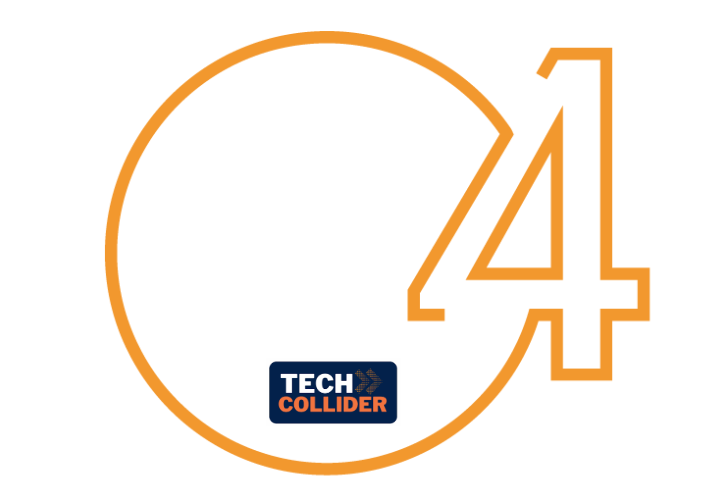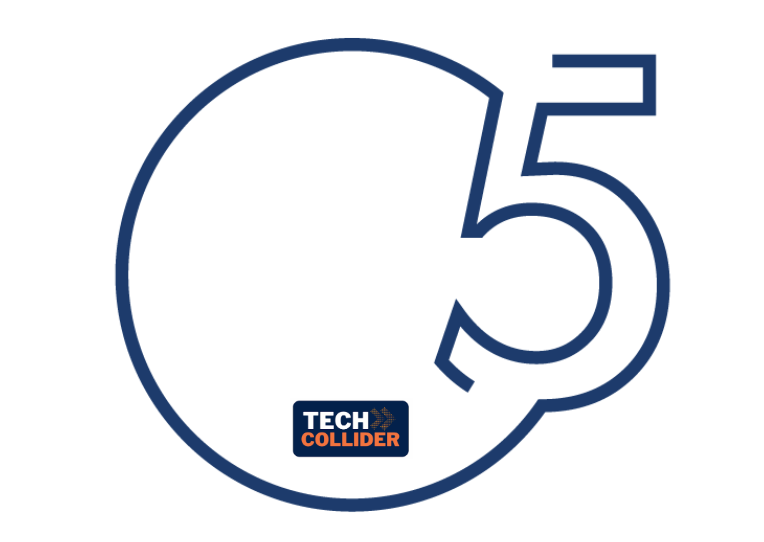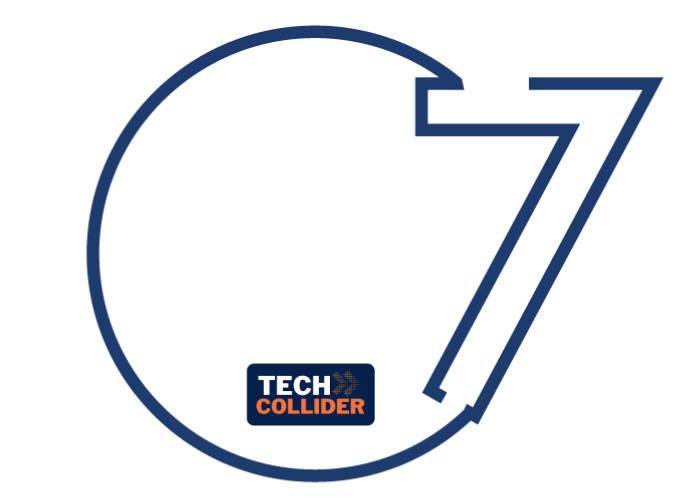The most commonly used technologies as vehicle-driver interface systems to provide driver information and visual support are physical monitors (screens) and Head Up Displays or HUDs (transparent screens, sometimes integrated into the windscreen). However, the amount of information that needs to be provided to the driver does not allow for an effective use of monitors, which are therefore becoming larger or are increasing in number inside the passenger compartment, thereby exacerbating the problems of distraction and occlusion. HUDs, on the other hand, allow information to be displayed in the driver’s field of vision, thus avoiding distraction on the road. However, the high integration costs and technological limitations (field of vision view covered, depth, resolution and contrast of the images) do not make them a definitive solution for an effective use of information. In some contexts (such as industry), HUDs have found no place at all, while on road vehicles or sports cars they tend to be considered optional extras.

